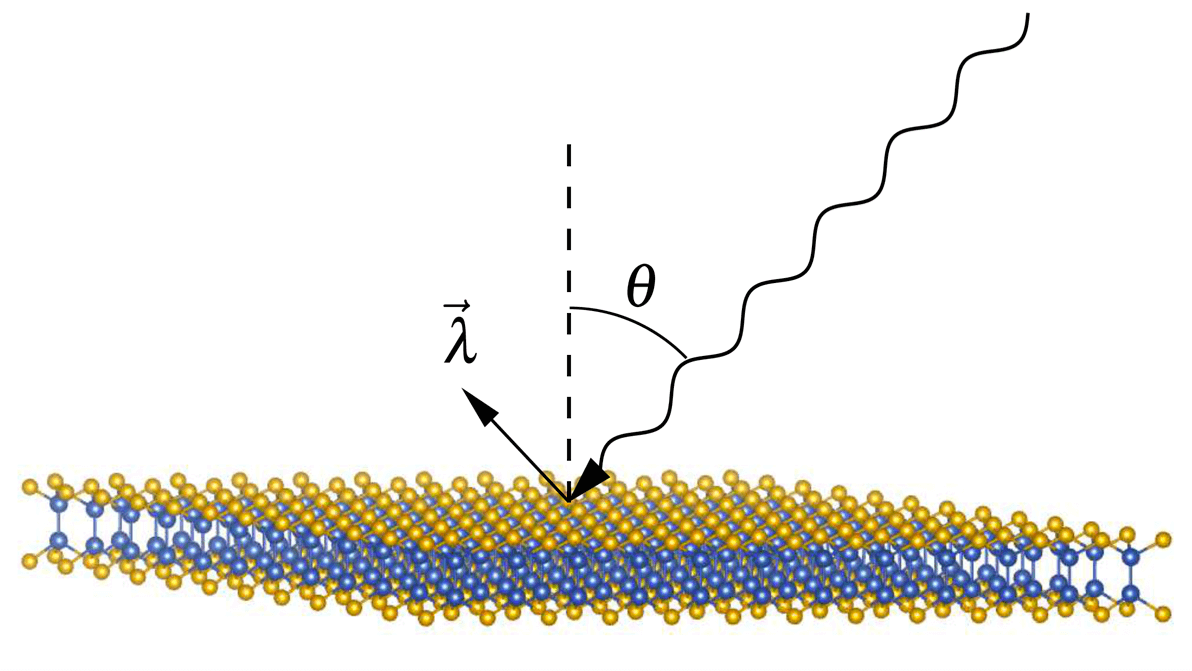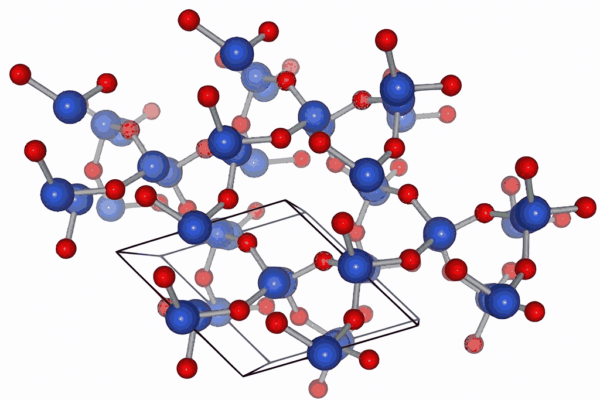Simulation
Our research group develops novel materials to support hydrogen technologies. These include molecular and solid-state catalysts for the production of and conversion of hydrogen, metal hydrides for the storage of hydrogen, and electrode materials for the storage of electricity inside batteries and supercapacitors.
High-precision Electronic Structure
First-principles calculations, or ab initio calculations, consist in simulating the atoms and electrons of materials, and solving the equations of quantum mechanics to predict their physical properties without any adjustable parameters. These calculations are based on density functional theory (DFT), which allows to predict the energy of a system in its fundamental ground states, and yield the wavefunction of the electrons. We use it to predict the structural parameters of a molecule or a material, and the energy cost of a chemical reaction or the formation of a material.
More advanced techniques can be used to better describe the electron’s energy levels or the response of the material to an external perturbation. As such, the GW method allows to predict the energy require to add or remove an electron to the system, and the BSE method yields the optical response of a material.

Gabriel Antonius is a physicist, specialized in numerical simulations of materials. He obtained his PhD in physics from Université de Montréal, then worked as a postdoctoral fellow at University of California Berkeley, and Lawrence-Berkeley National Laboratory. He is a professor at Université du Québec à Trois-Rivières since 2018.

Energy Materials for a Sustainable Future
One of the main scientific challenges in facing the world energy crisis is the efficient production and storage of renewable energy. Hydrogen is especially well suited to act as a vector of clean energy. The process of electrolysis converts electrical power into chemical energy through water splitting and the production of gaseous hydrogen. The hydrogen is converted back into electricity inside a fuel cell, which can be used to propel an electric car without any carbon emission.
Electron-Phonon Coupling Phenomena
Phonons describe the vibration modes of the atoms in a solid, and can be thought of as sound particles, or quanta of vibrations. As electrons move through a solid, they experience collisions with the phonons, and this process is at the heart of numerous phenomena such as electrical resistivity, superconductivity, and thermal quenching of the optical properties. We study these phenomena from first principles using perturbative density functional theory (DFPT).

